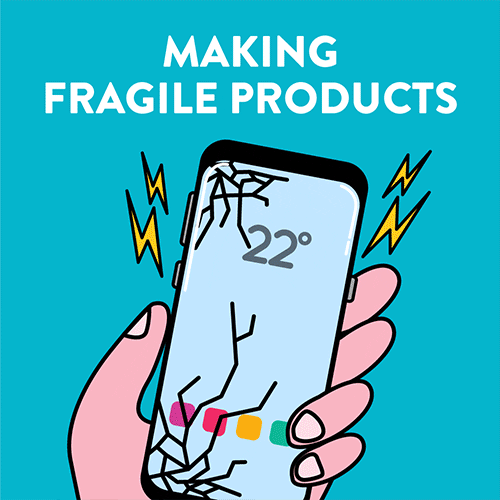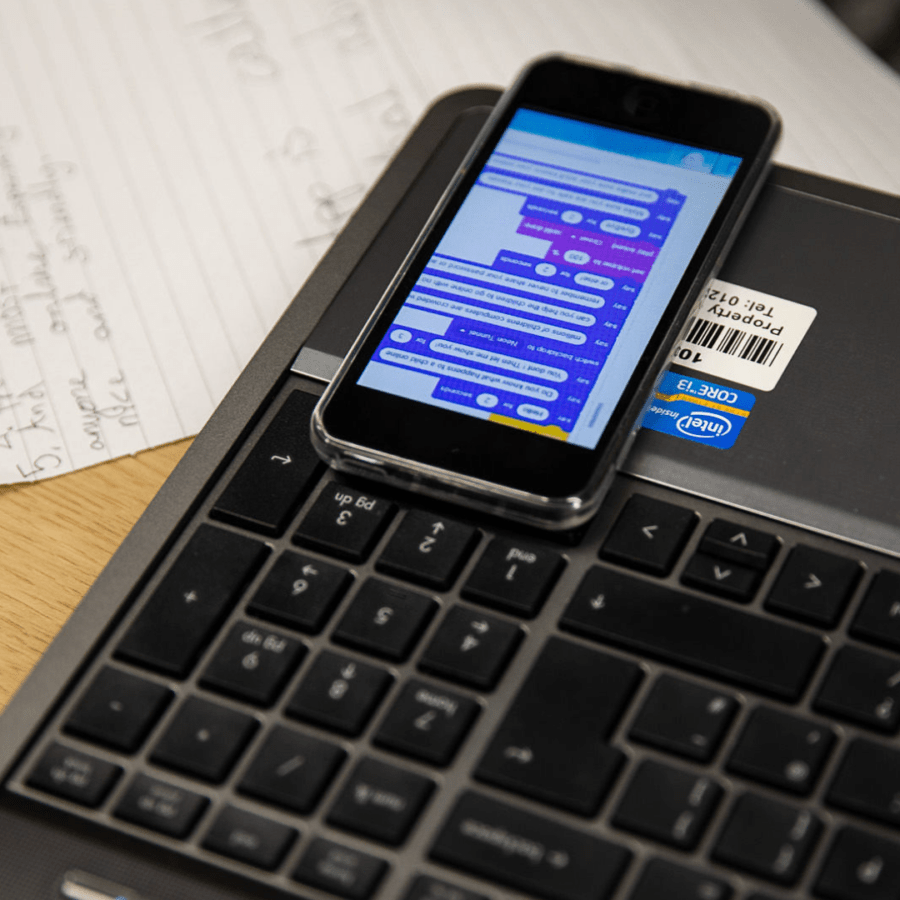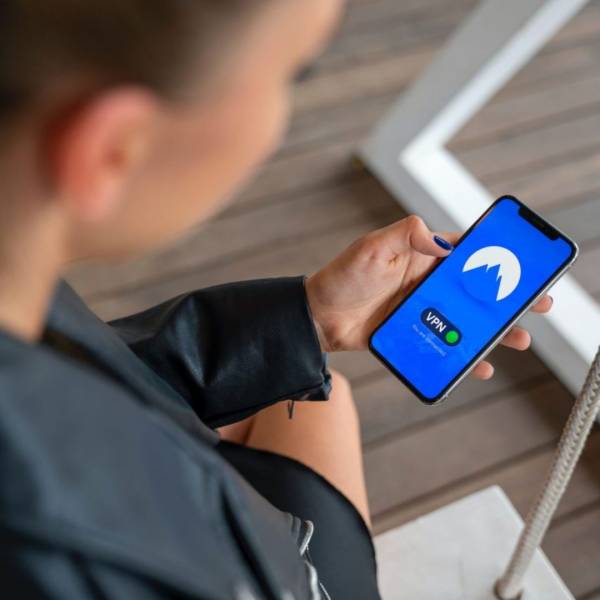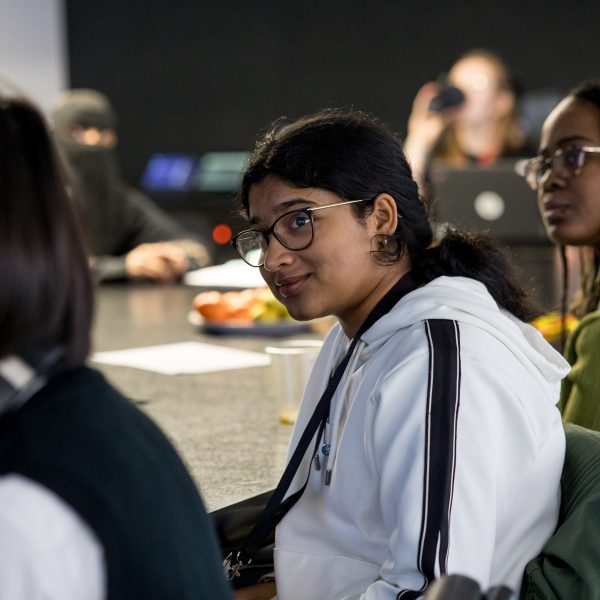
According to the UN’s Global E-Waste Monitor 2020, we generate over 50 million tonnes of e-waste every year globally. That’s about 800 laptops per second! E-waste makes up 70% of our toxic waste. But, sadly, only 12.5% of this is recycled. This wastes natural resources like tin, gold, copper and tantalum that are commonly found in electronics. In the US, phones containing over $60 million in gold and silver get discarded each year. Faced with these staggering statistics, we have to make a change.
Tech companies have a lot to do, from reusing materials to ethical manufacturing. Many companies have faced criticism, for example, in 2017 Apple slowed old iPhones to encourage people to buy new ones. Faced with severe backlash, in 2018, they introduced the Daisy robot to disassemble iPhones and recycle precious metals.

We can also do a lot as consumers, such as ‘upcycling’ and repairing devices. But lack of awareness prevents people from trying. “Many people just don’t see it as an option,” comments Vanessa Ternes, London Network Lead at the Restart Project. “If you jumper breaks, you know that sewing is an option because you’ve seen in before, but you hardly ever see people repair electronics or hear people speak about it.”
The Restart Project started in 2013 by co-founders Ugo Valleri and Janet Gunter. Working in third world countries, they saw a clear attitude to keep devices going as long as possible, which was missing from the developed world. Their flagship events are Restart Parties, where participants try to fix their broken devices with a repairer. They are also campaigning for policy changes to make repairs more accessible, such as repair information and spare parts.

The Restart Project feeds into a sustainable culture, taking ownership of devices and being curious about what’s going on in them. After Vanessa’s first Restart Party, she noted the diversity of participants and their motivations stood out to her. “For some, it’s more of an environmental aspect; for others, they’re just curious, and for some, it’s the feel of being in a community,”. She also said “and at the same time, what connects these people is that they all have an emotional connection to the device they’re bringing: they all have a story to tell and reasons why the device is so special to them.”
“I believe [society and policy] can really influence each other: when you have more awareness in society, that can push for change in legislation, and at the same time legislation can affect the way we behave,” says Vanessa, optimistic about the future of repair. E-waste is a pressing issue for society, but it’s important to know there is a lot we can do to fight against it.
This piece was written by Stemette, Dyuti Chakraborty.






